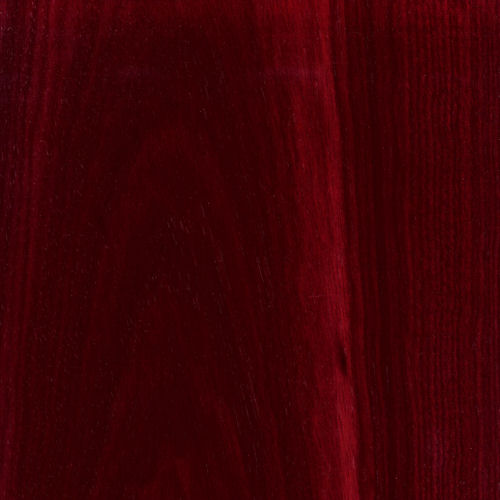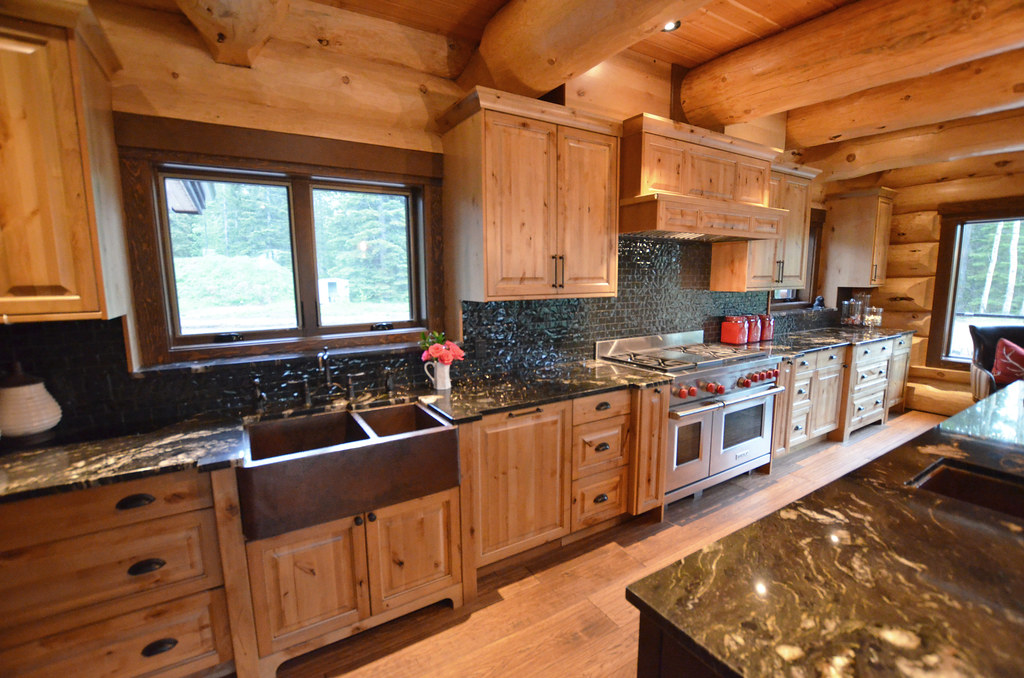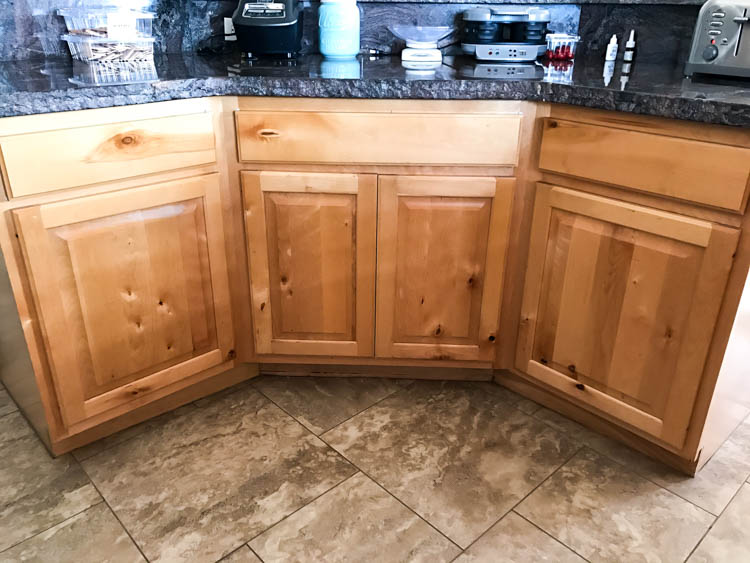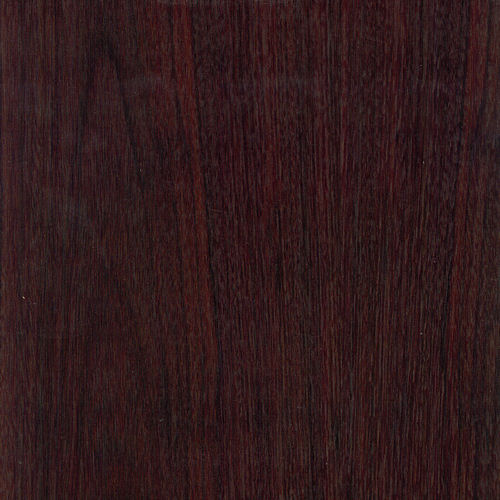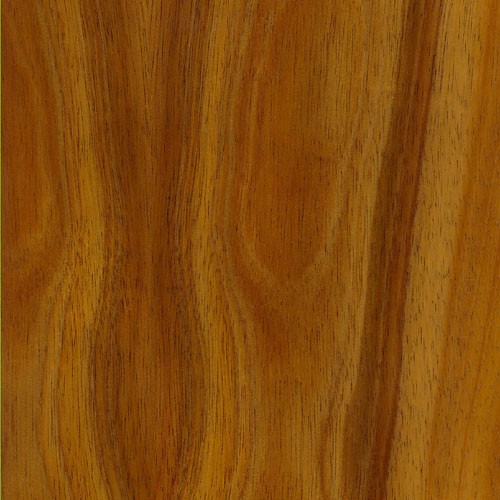Jarrah
One of Australia’s most unique hardwoods, Jarrah only grows in one place on earth — the southwestern corner of the continent. Specifically, in the iron and aluminum-rich plains from east of Perth down to Albany. Beyond that fact, because the forest is such an ancient and complex eco-system, much of how it actually works remains a mystery to scientists.
What is known that the Jarrah tree’s roots often reach great depths in search of nutrients and water. Which in turn produce beautiful colors in the wood. In fact, Jarrah reflects the hues of the Western Australian landscape. While its heartwood ranges from a light red or brown to a darker brick red – which tends to darken over time with exposure to light and air – its sapwood varies from a pale yellow to pink hue.
The grain of Jarrah tends to be interlocked or wavy with a medium to coarse texture.
Renowned for its versatility, durability, and high density, Jarrah is used in veneer, architectural plywood, flooring, heavy construction, cabinetry, outdoor furniture, and turned objects.
Species Distribution:
Australia
Western Australia
Common / Alternative Names:
Djarraly
Swan River Mahogany
Janka Hardness:
1,860 lbf
Sustainability Status:
CITES Appendices: Not listed
IUCN Red List of Threatened Species: Not listed
Related Species:
Blue Gum (Eucalyptus globulus)
Brown Mallee (Eucalyptus dumosa)
Coolibah (Eucalyptus coolabah)
Deglupta (Eucalyptus deglupta)
Karri (Eucalyptus diversicolor)
Lyptus® (Eucalyptus urograndis)
Messmate (Eucalyptus obliqua)
Mountain Ash (Eucalyptus regnans)
Red Mallee (Eucalyptus oleosa)
River Red Gum (Eucalyptus camaldulensis)
Rose Gum (Eucalyptus grandis)
Swamp Mahogany (Eucalyptus robusta)
White Box (Eucalyptus hemiphloia)
Yellow Box (Eucalyptus melliodora)
Yellow Gum (Eucalyptus leucoxylon)


